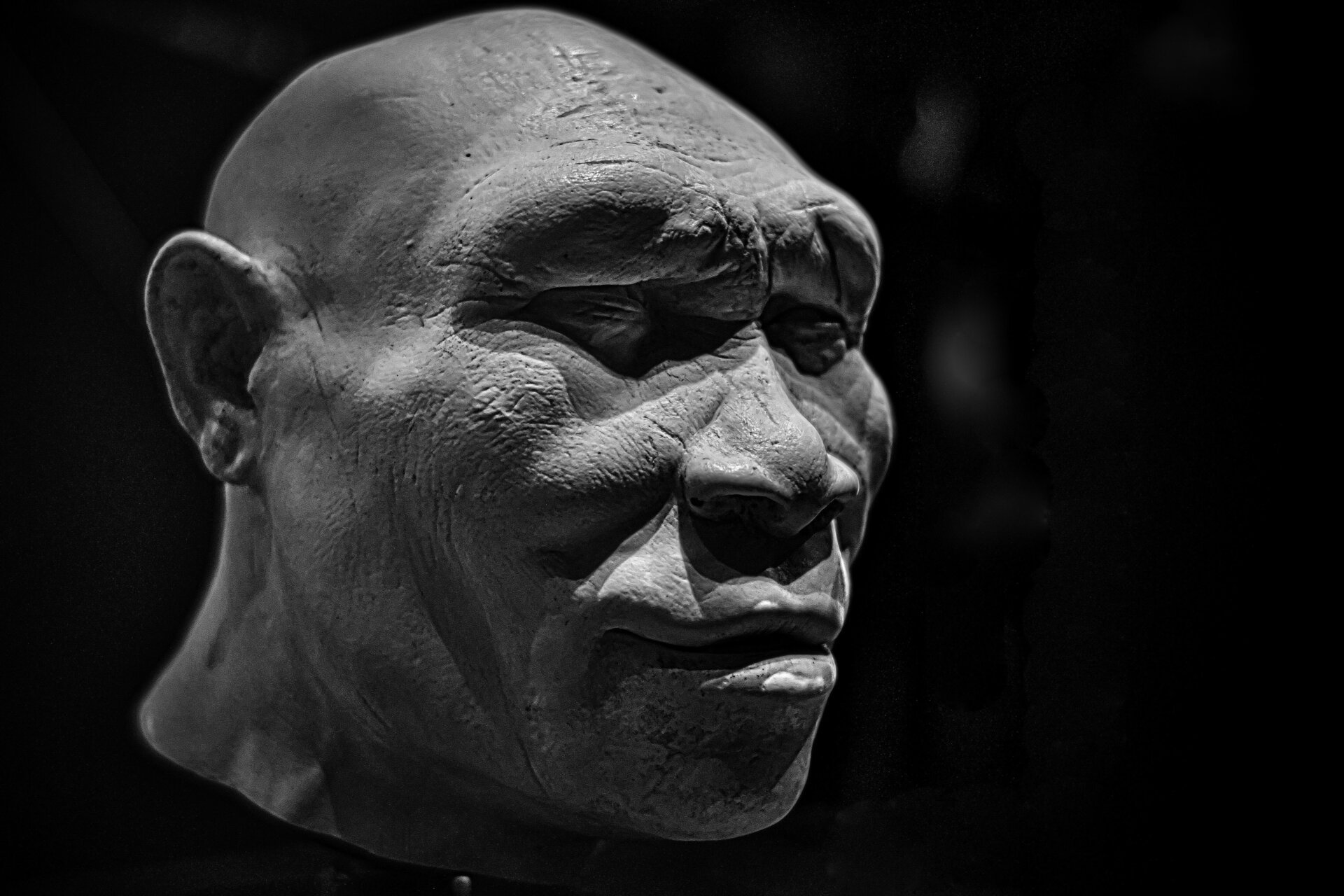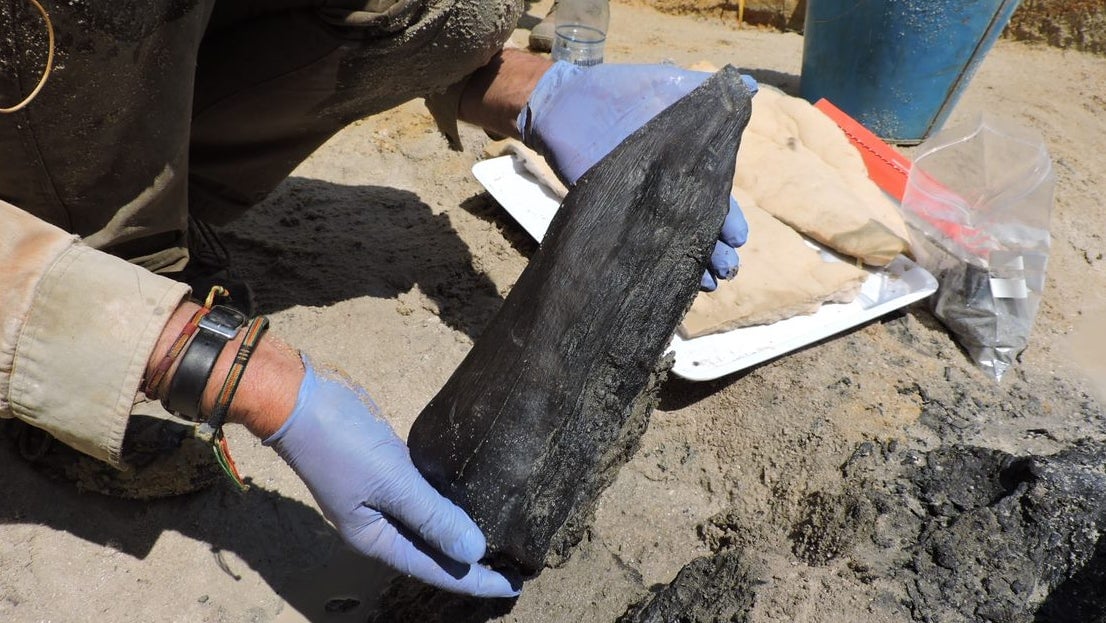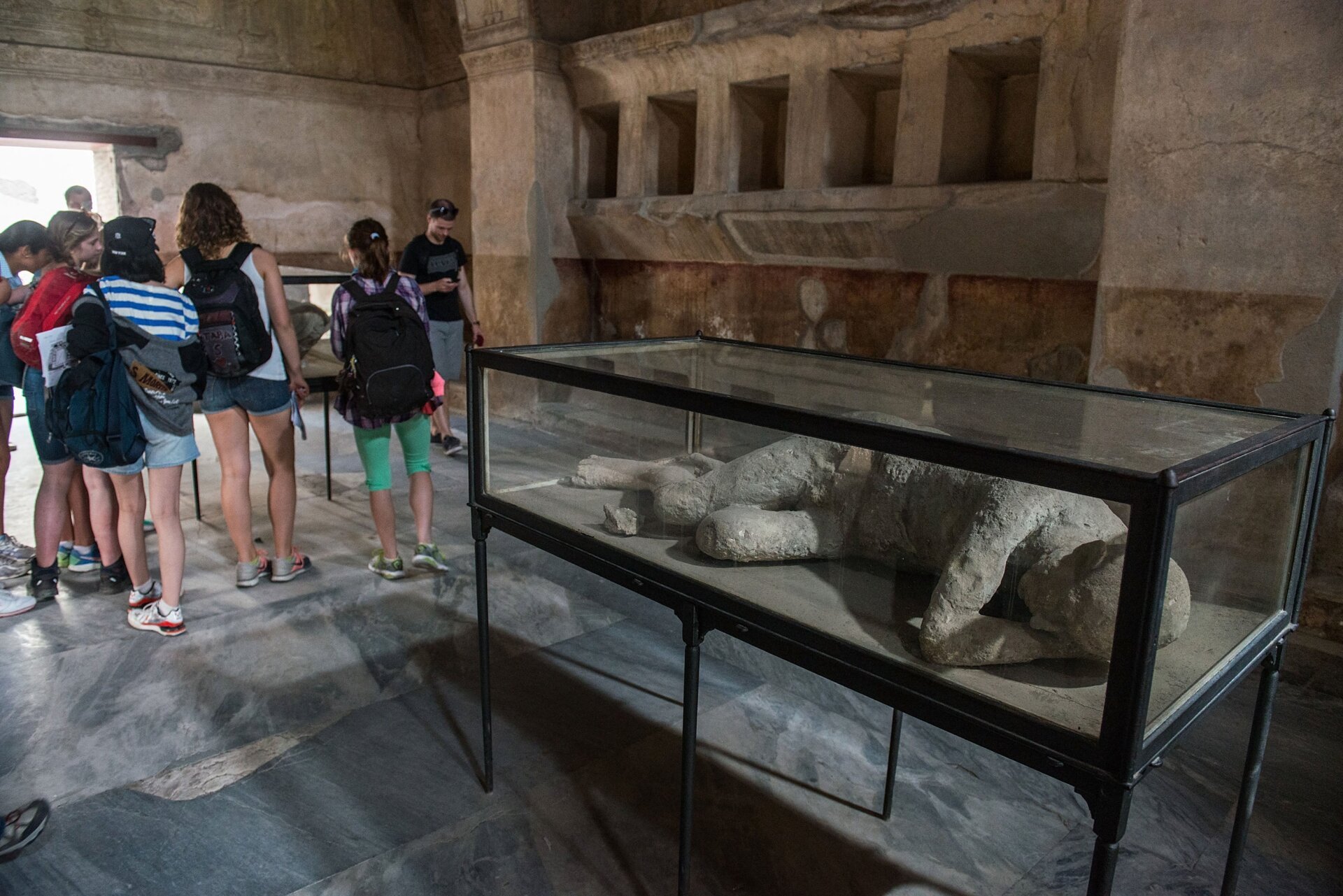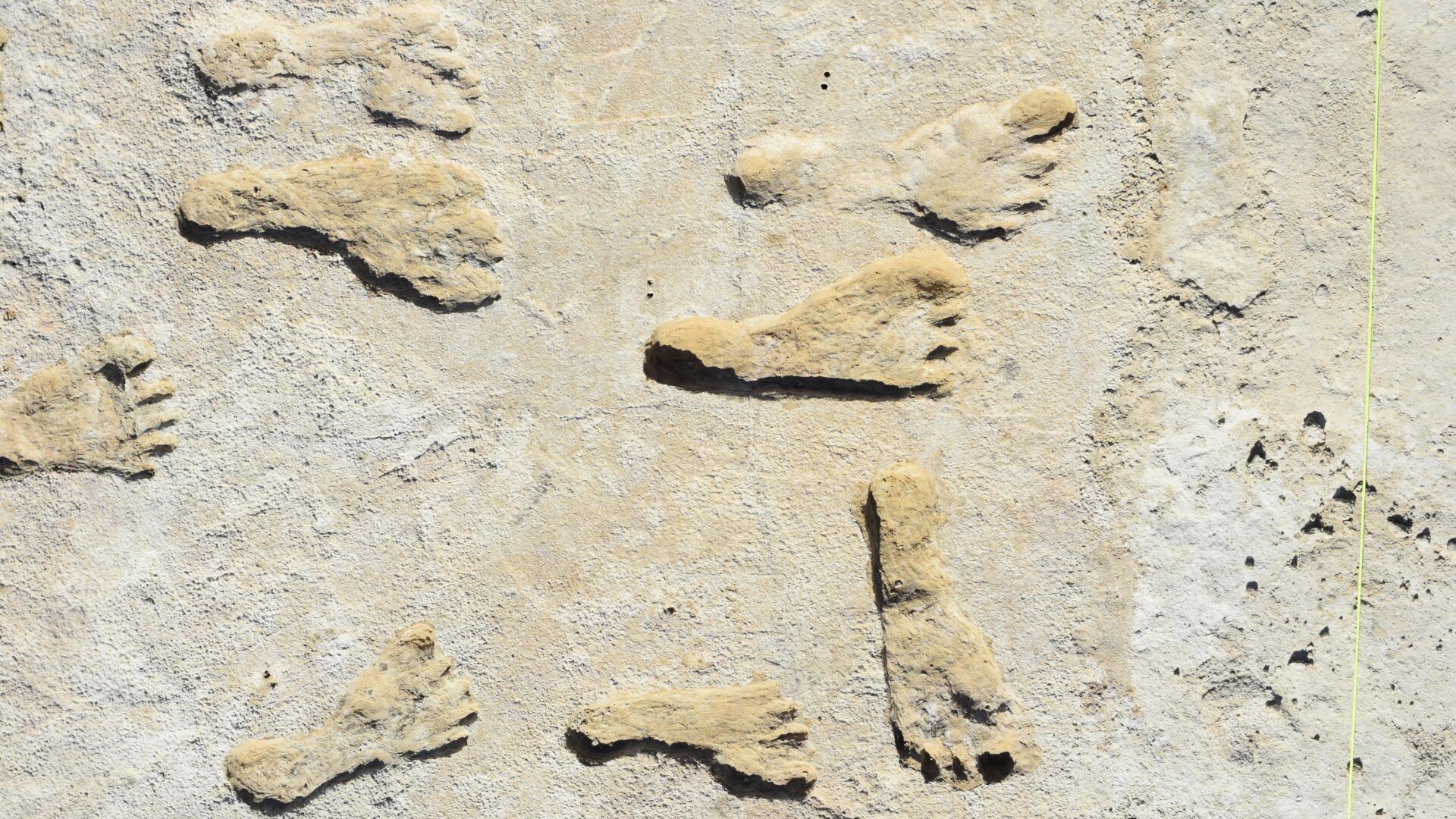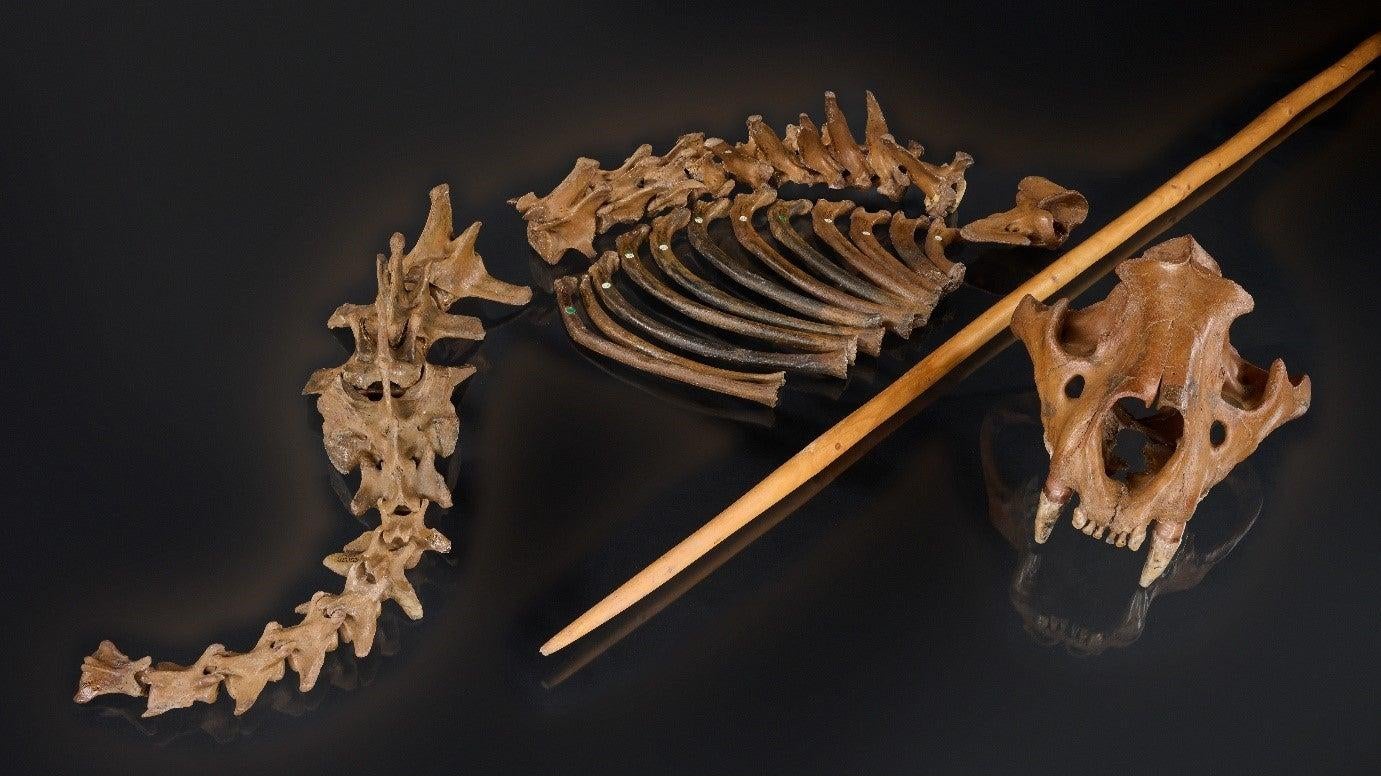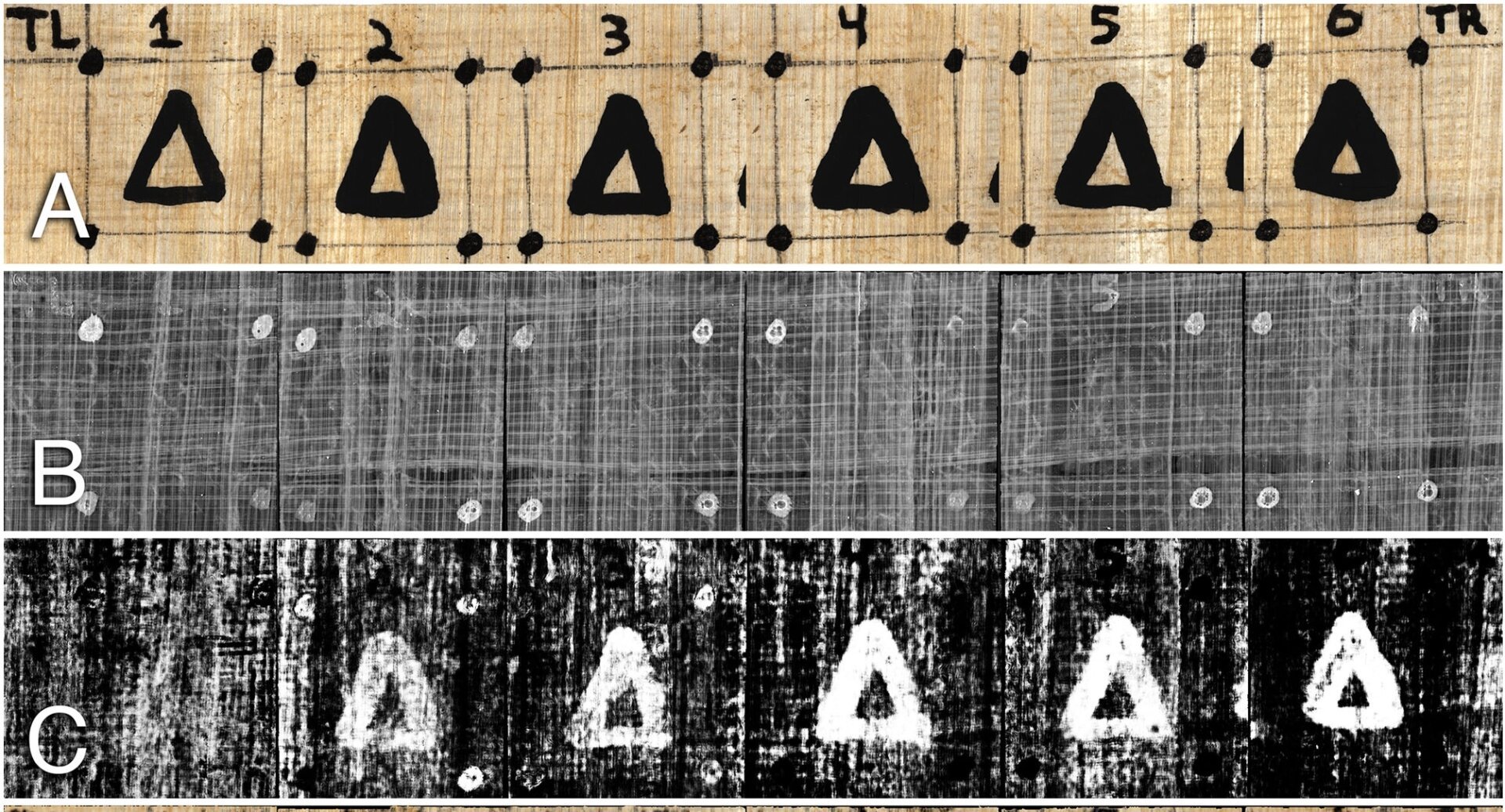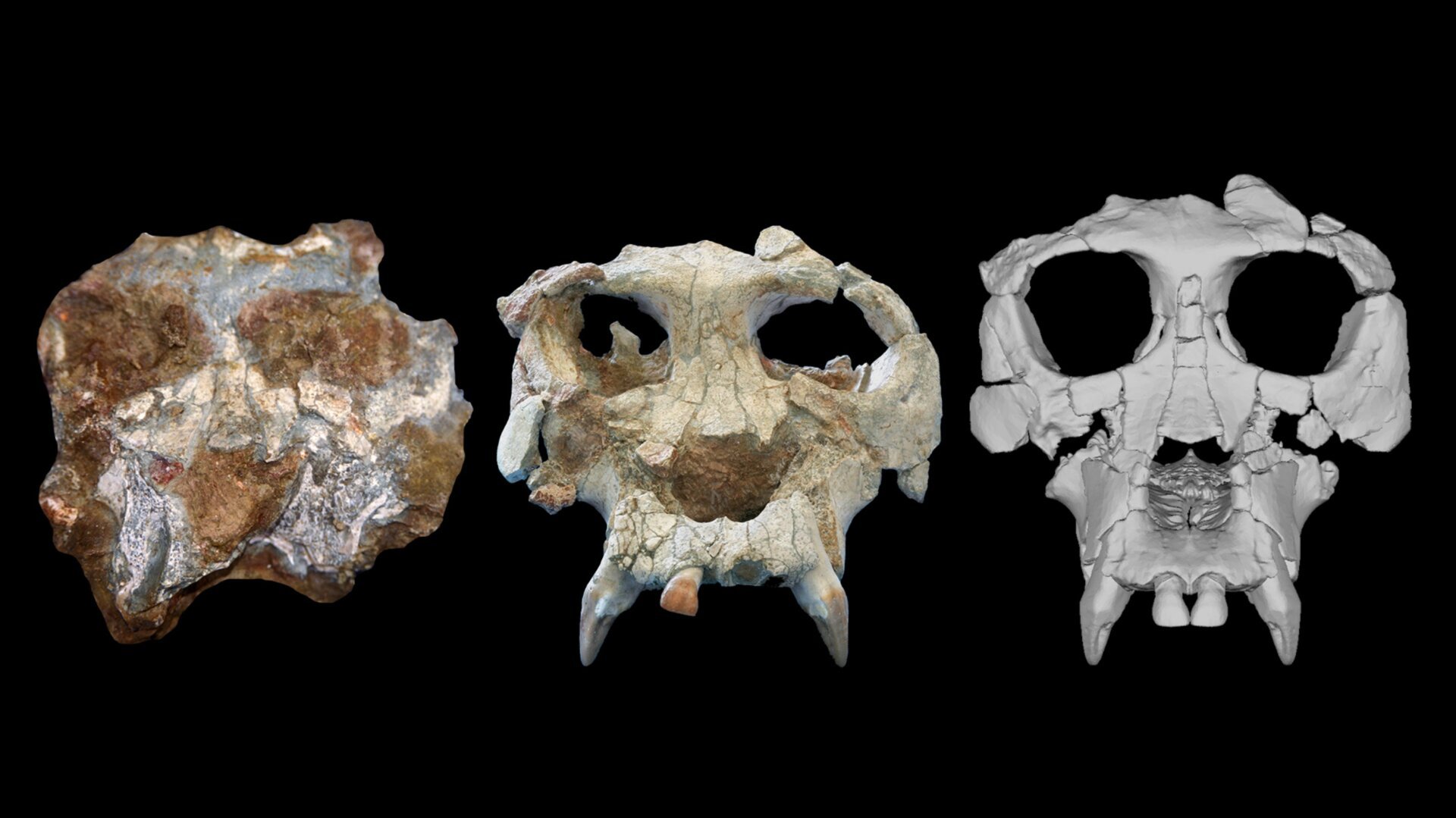The early Pleistocene epoch presented significant survival challenges for early human ancestors. A recent study using computational modeling reveals a severe population bottleneck, pushing our ancestral species to the brink of extinction. This bottleneck, occurring between 813,000 and 930,000 years ago, reduced the breeding population to less than 1,300 individuals and persisted for a staggering 117,000 years. This period coincides with a noticeable gap in the African and Eurasian human fossil records.
This dramatic population decline, known as a bottleneck, significantly reduces a species’ genetic diversity and can impact long-term health and survival. While advancements in bioengineering now allow for the synthesis of genetic diversity in animal populations through cloning and gene editing, such interventions were not available to our early ancestors. Their survival hinged on navigating this precarious period.
The research team developed a novel tool named the fast infinitesimal time coalescent process (FitCoal) to analyze 3,154 present-day genomes from 10 African and 40 non-African populations. The analysis revealed evidence of this severe bottleneck in all 10 African populations, suggesting a near-extinction event. The researchers hypothesize that climatic changes may have been a contributing factor.
While the exact cause of the bottleneck remains uncertain, experts suggest it may have had a limited impact on human populations outside the Homo sapiens lineage, or that its effects were short-lived. This suggests the cause might not have been a large-scale environmental event like a global cooling period, which would have had broader consequences. Nevertheless, the study highlights the vulnerability of early human populations and the near eradication of our evolutionary lineage.
Homo sapiens, our species, doesn’t appear in the fossil record until around 300,000 years ago, implying that this bottleneck affected our ancestors. Fossils of Homo heidelbergensis are among the few African fossils dating back to this period (950,000 to 650,000 years ago). The researchers propose that this bottleneck may represent a speciation event leading to the last common ancestor of Denisovans, Neanderthals, and modern humans.
While some studies suggest an earlier emergence of the last common ancestor, the severity of this bottleneck, as modeled by the research team, could have profoundly influenced hominin speciation. The study was published in Science.
Genetic modeling is proving to be an invaluable tool for understanding ancient human population dispersal, intermingling with other populations, and the impact of climatic changes on local communities. Studying both ancient and modern DNA provides valuable insights into the complex journey of humankind across the globe.
This groundbreaking research underscores the precarious journey of our ancestors and the significant challenges they overcame to ensure the continuation of our lineage. The near-extinction event serves as a stark reminder of the fragility of life and the powerful forces that have shaped human evolution.



